ALINA BLIUMIS
PLANT PARENTHOOD
OPENING RECEPTION: FRIDAY, FEB 24, 6-8 PM
FEBRUARY 24 - APRIL 2, 2023






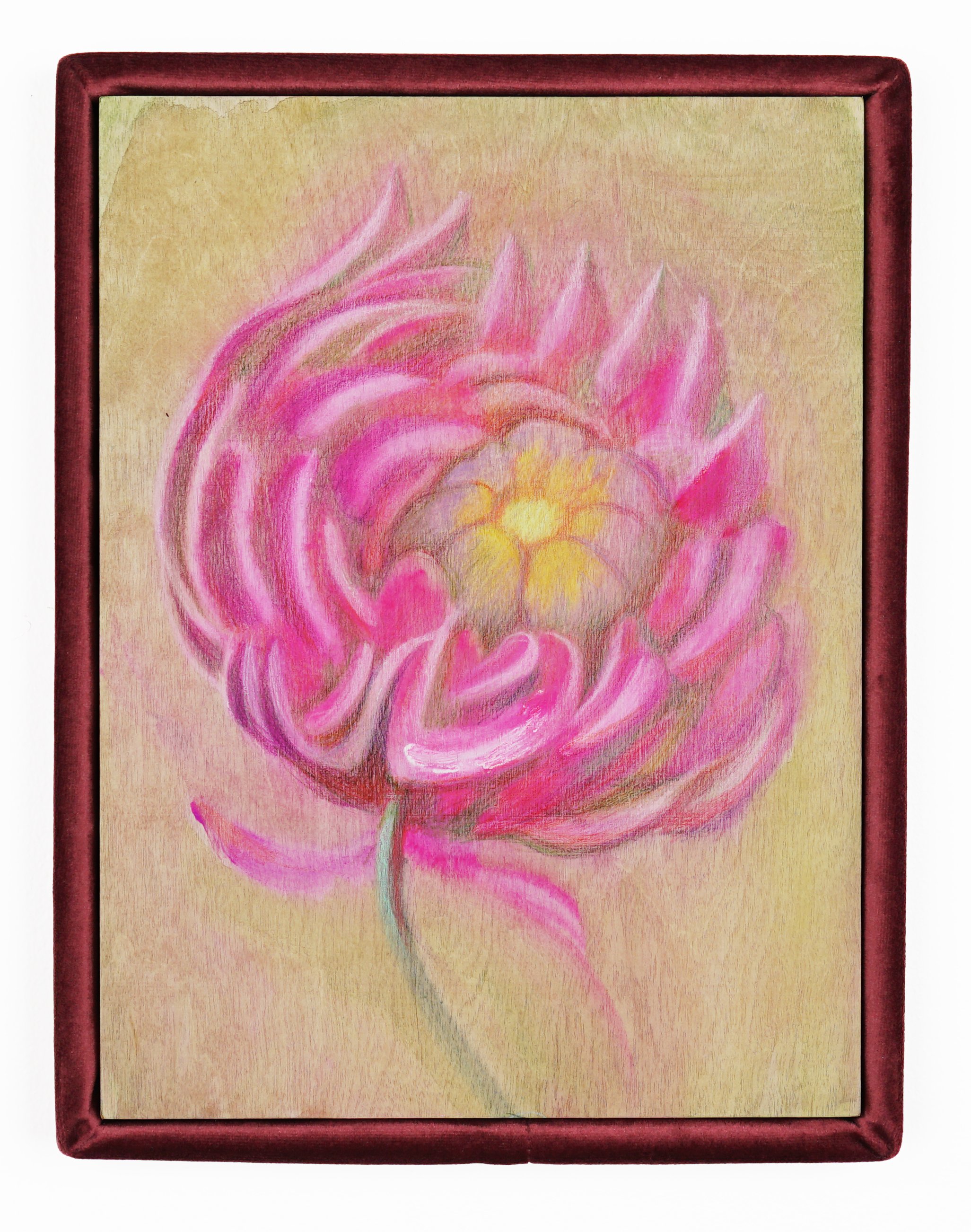

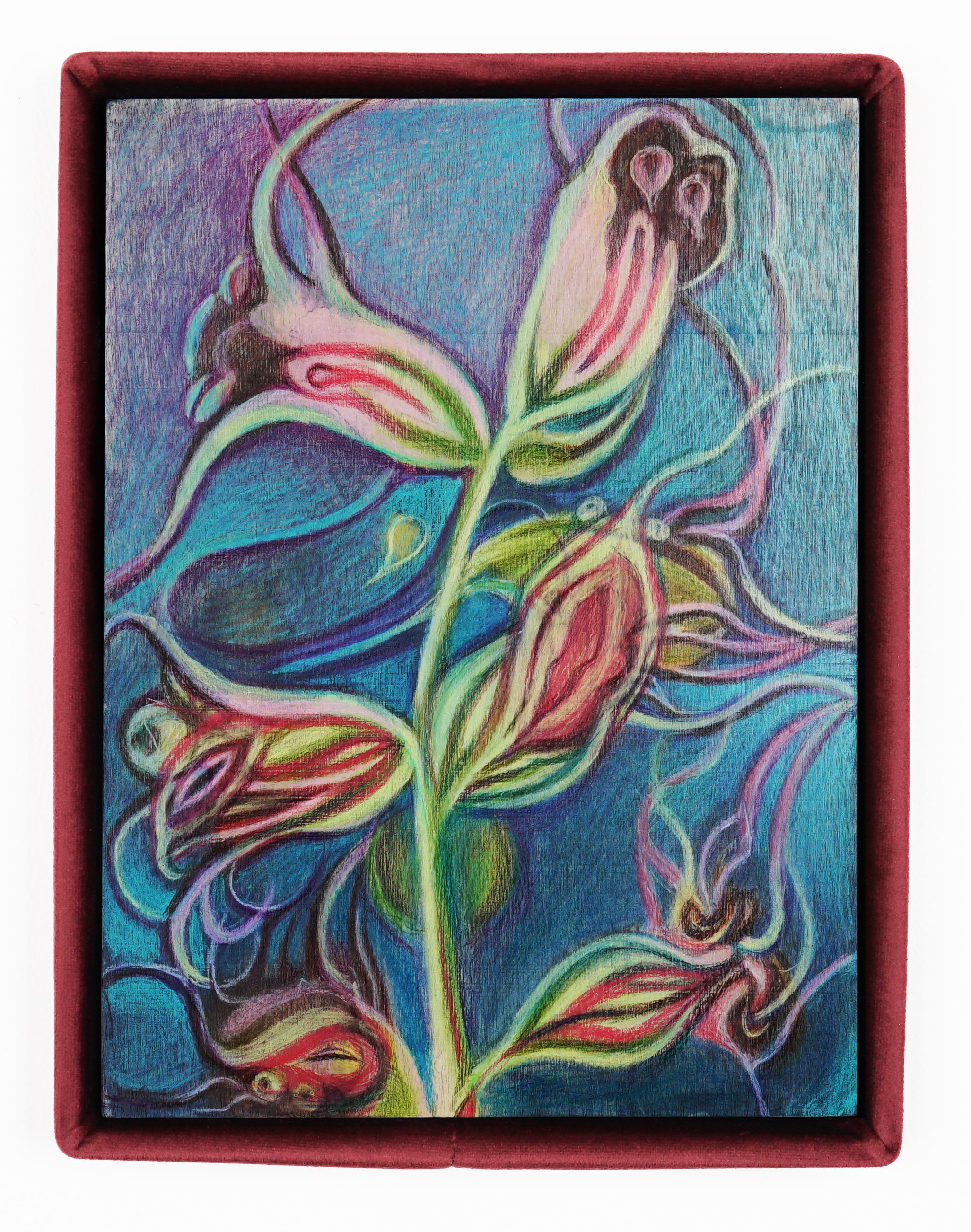

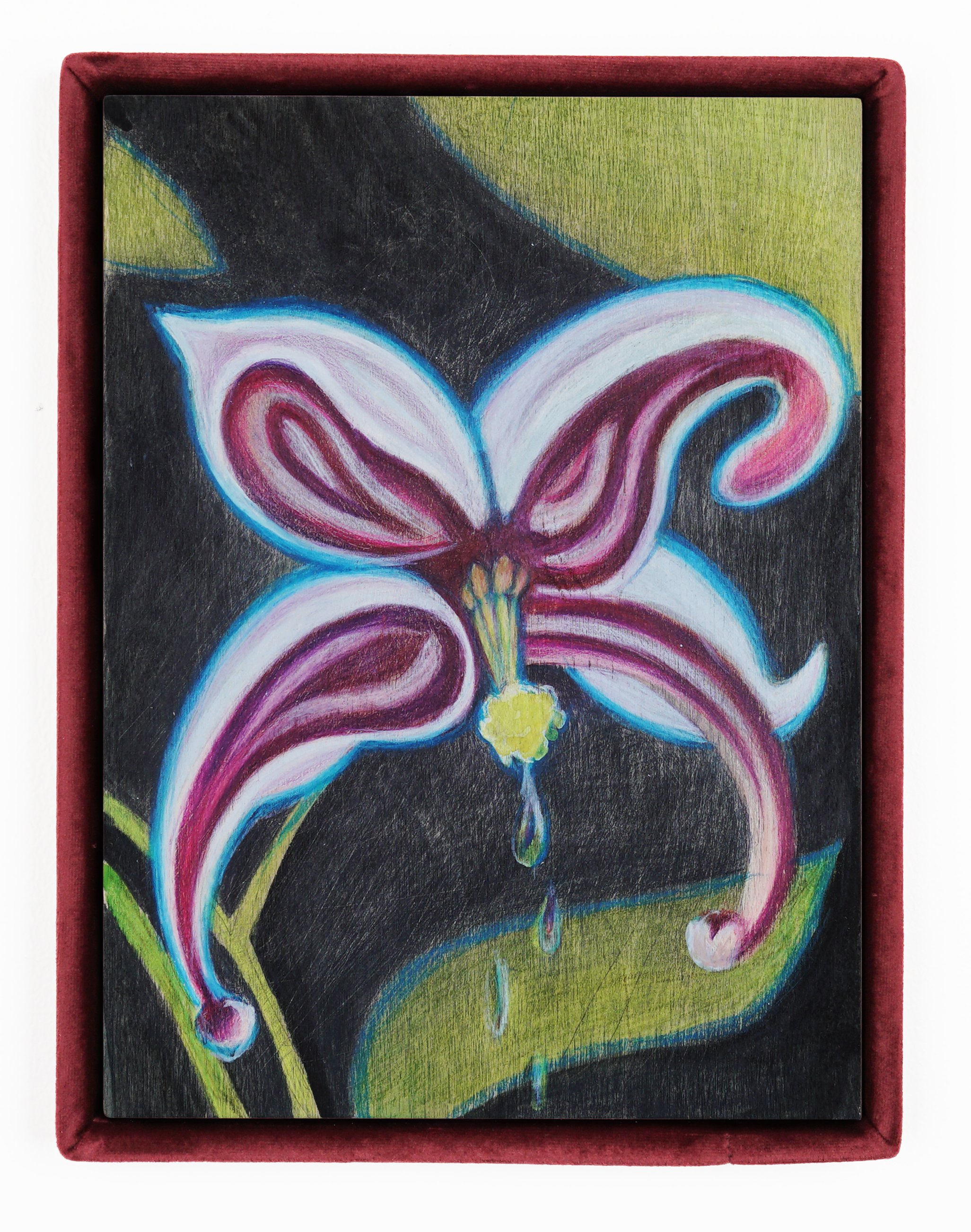
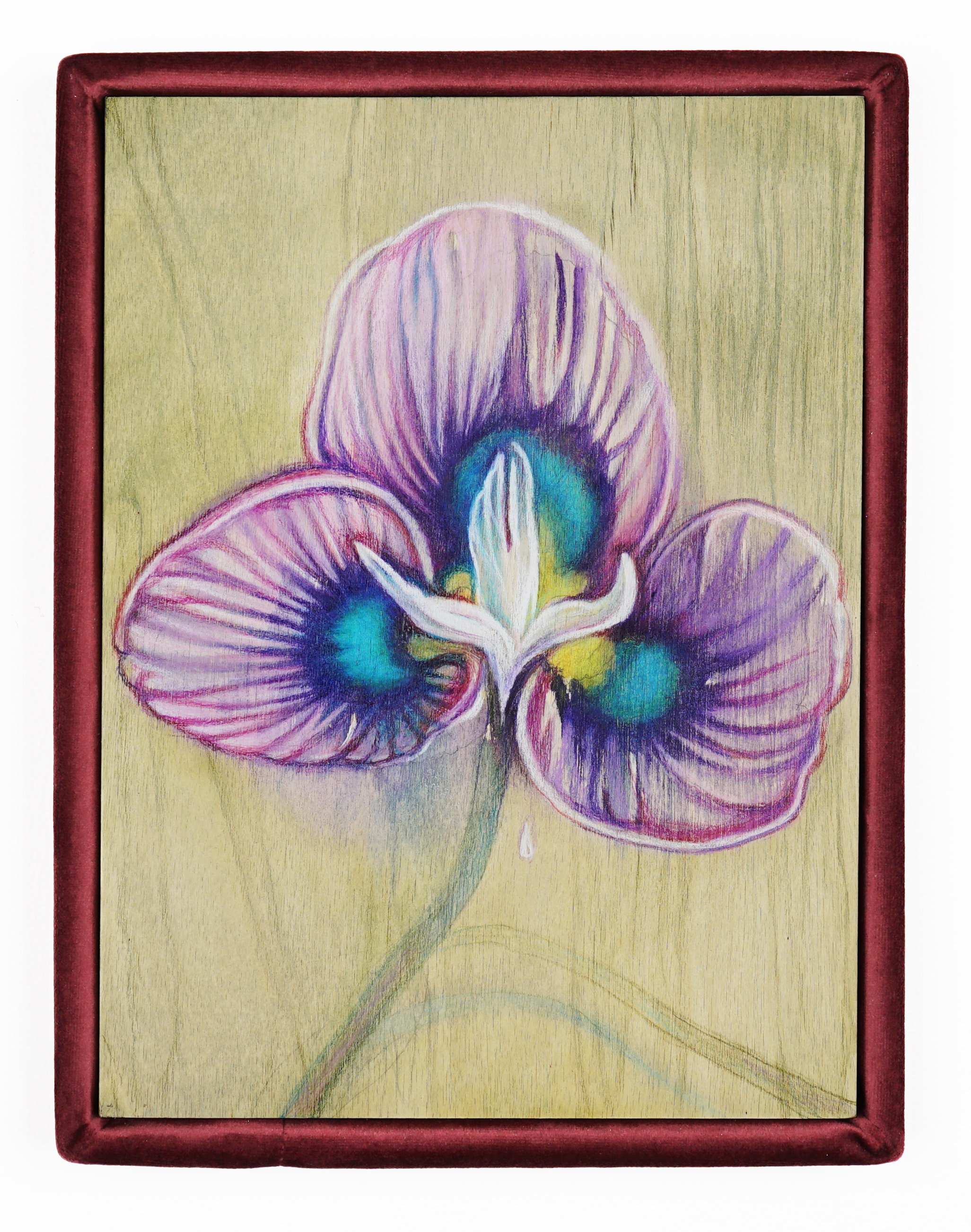




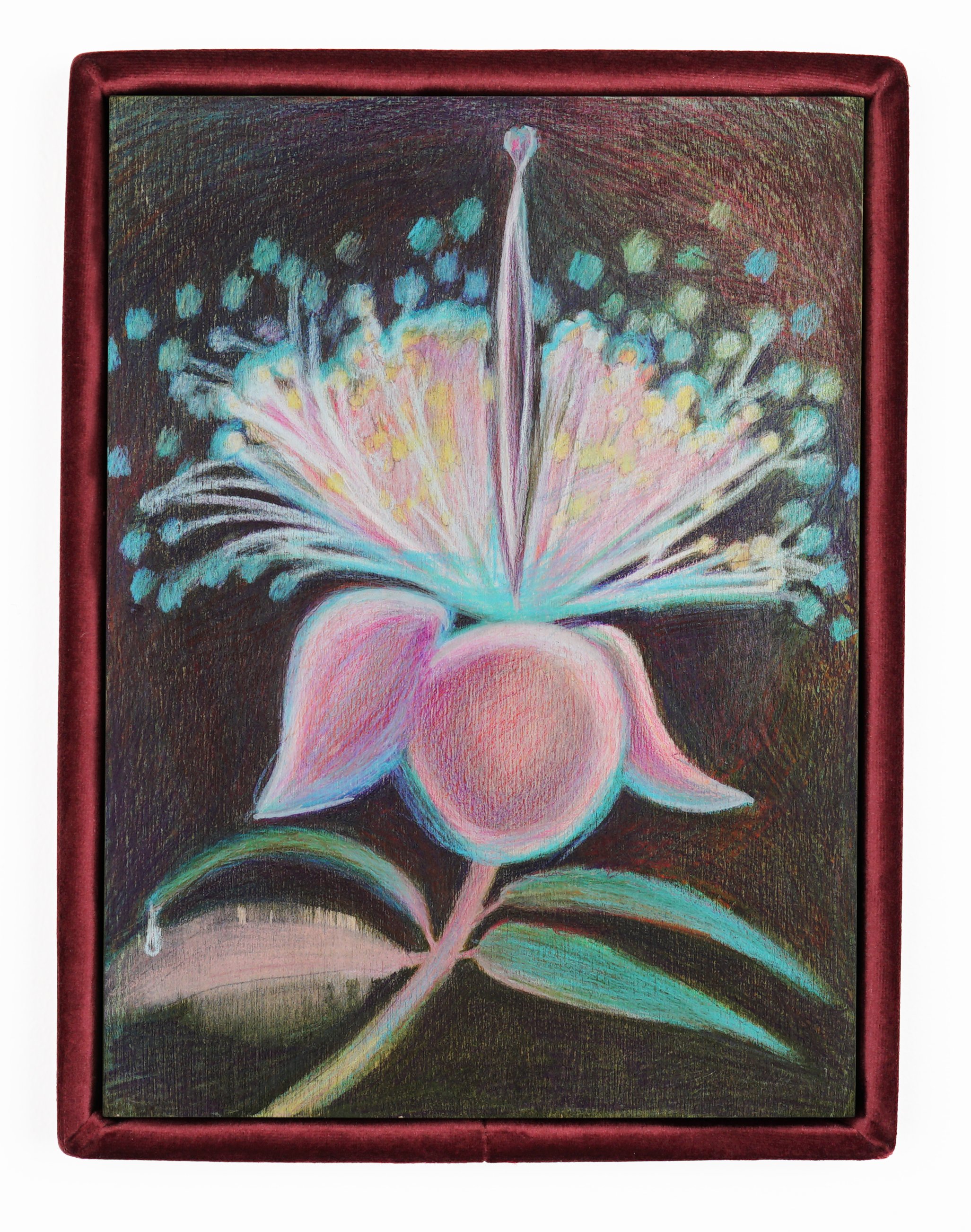
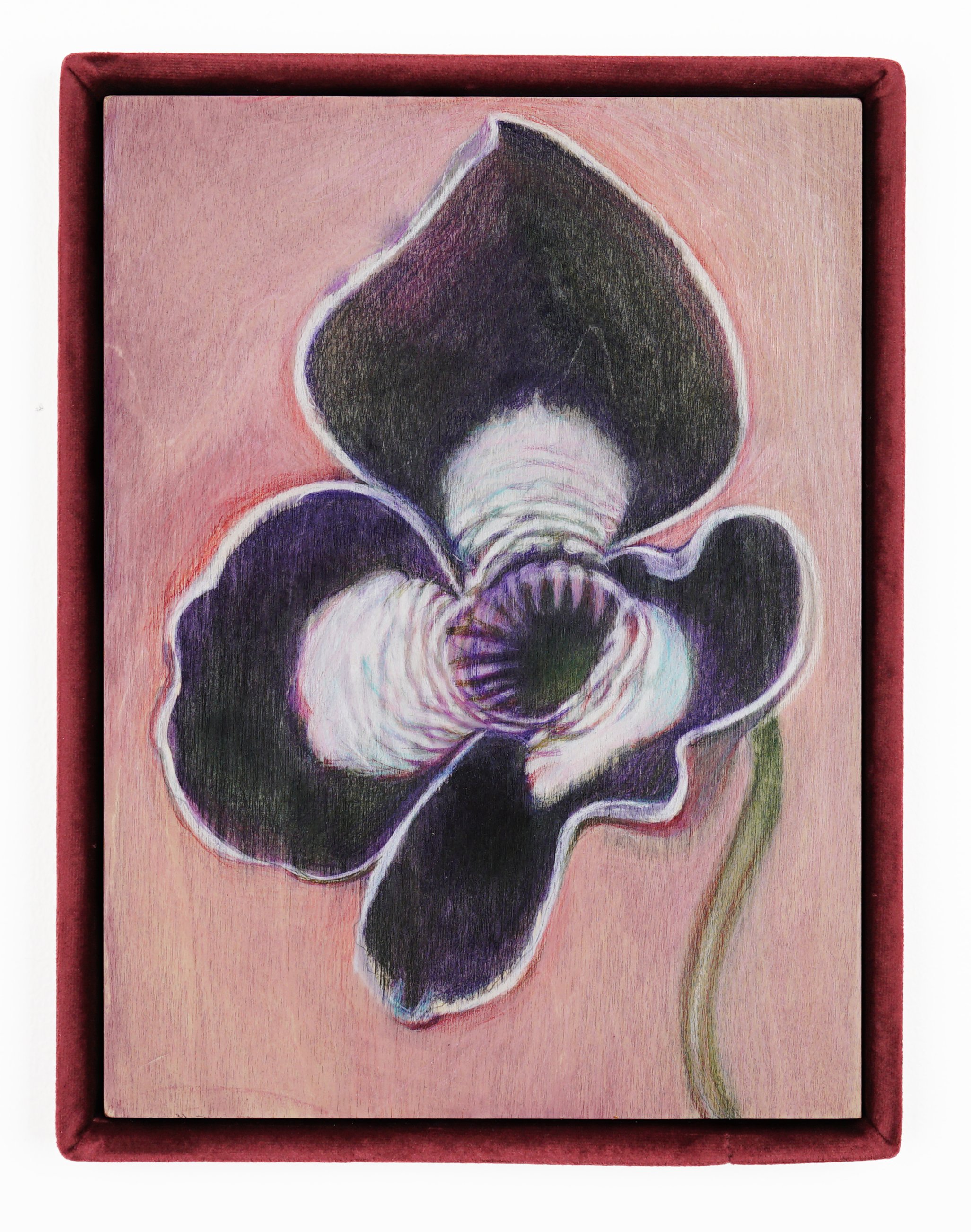
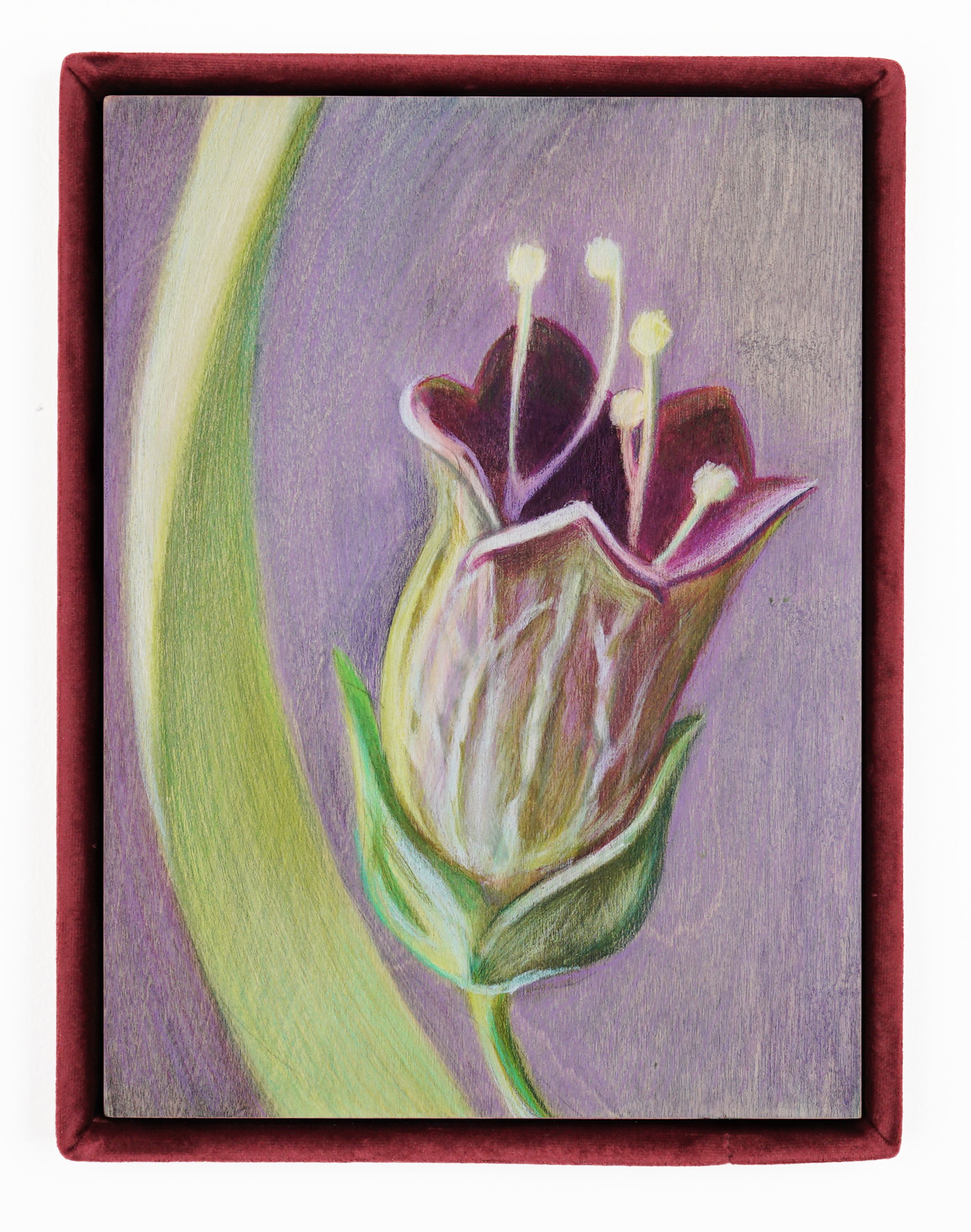
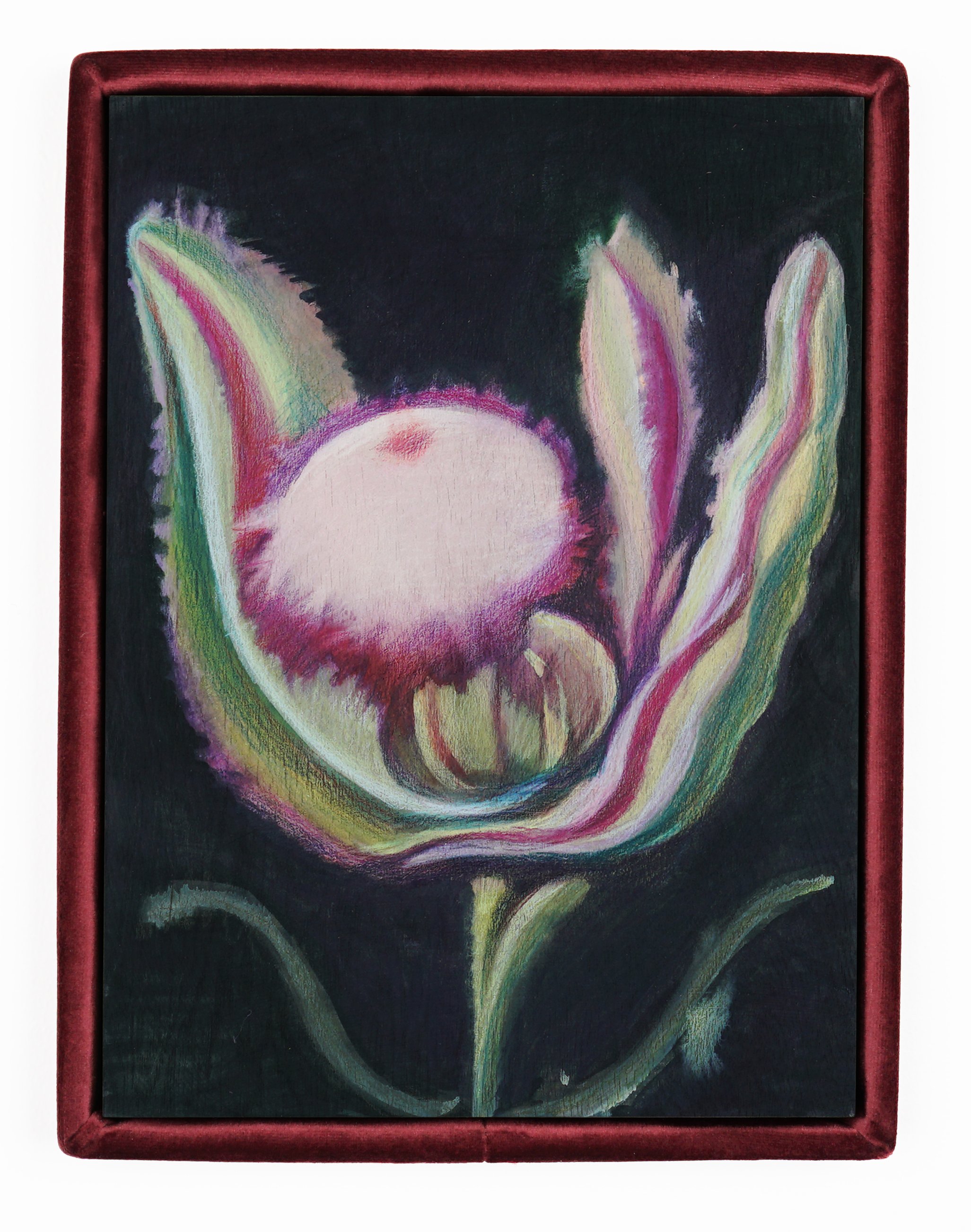
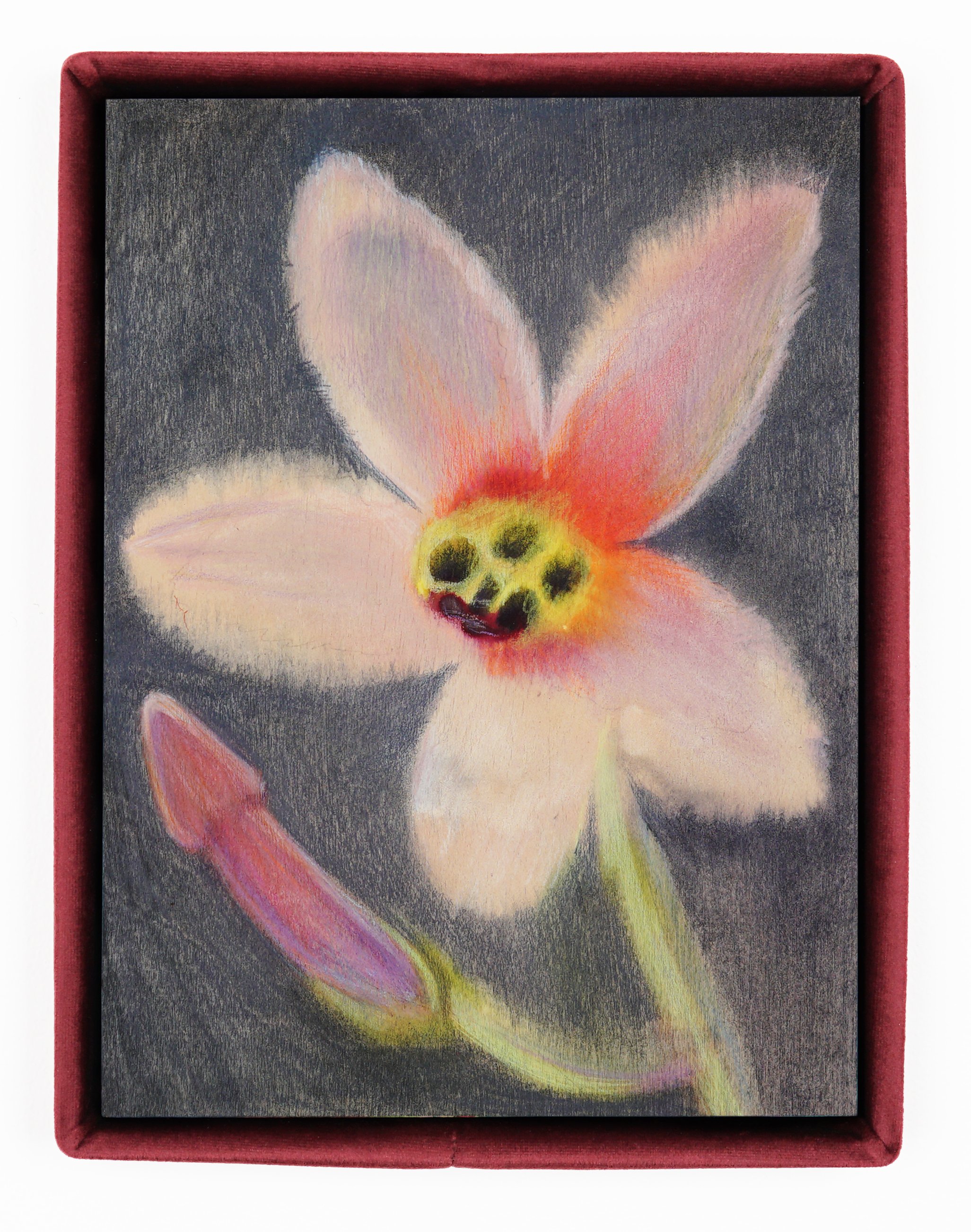
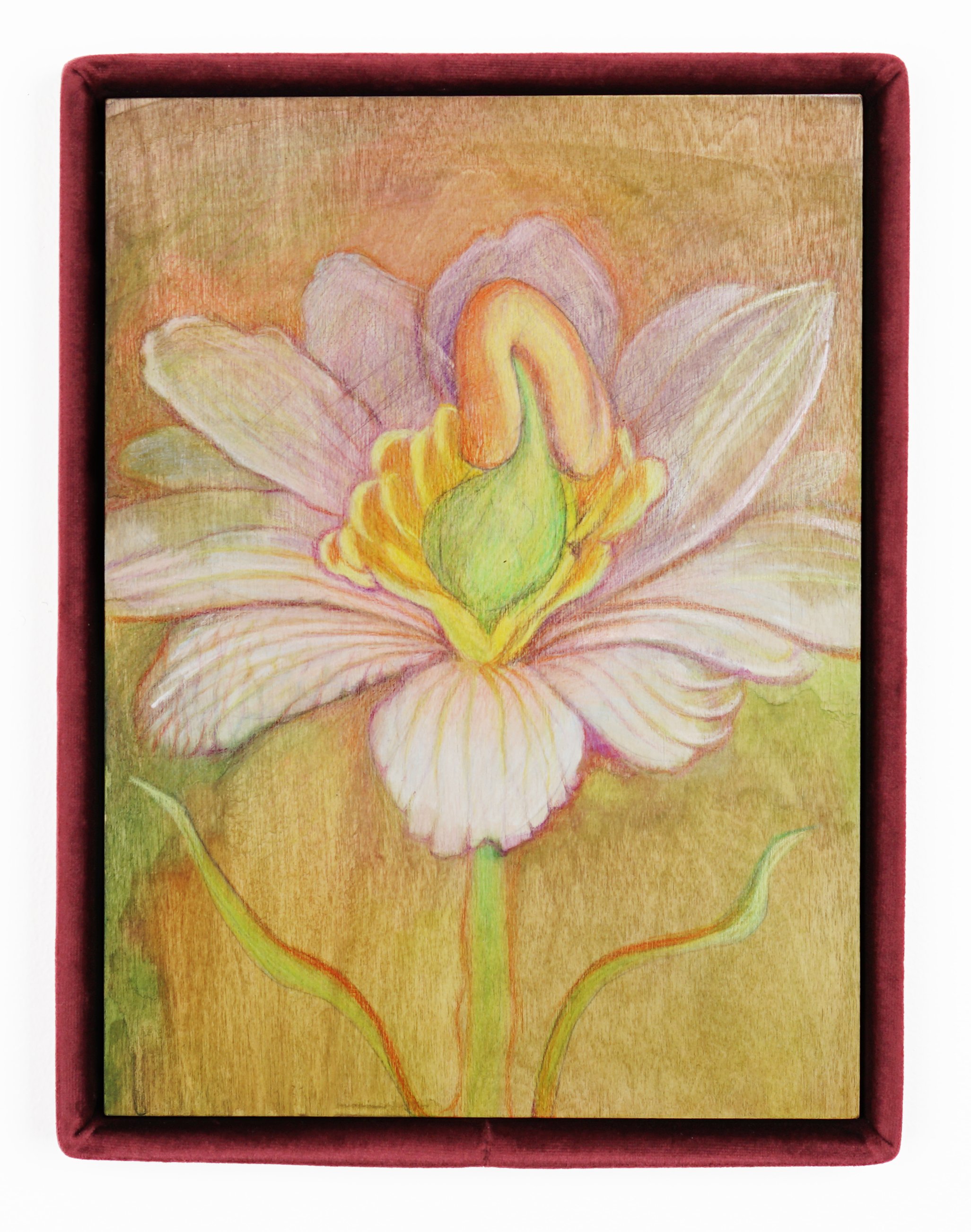


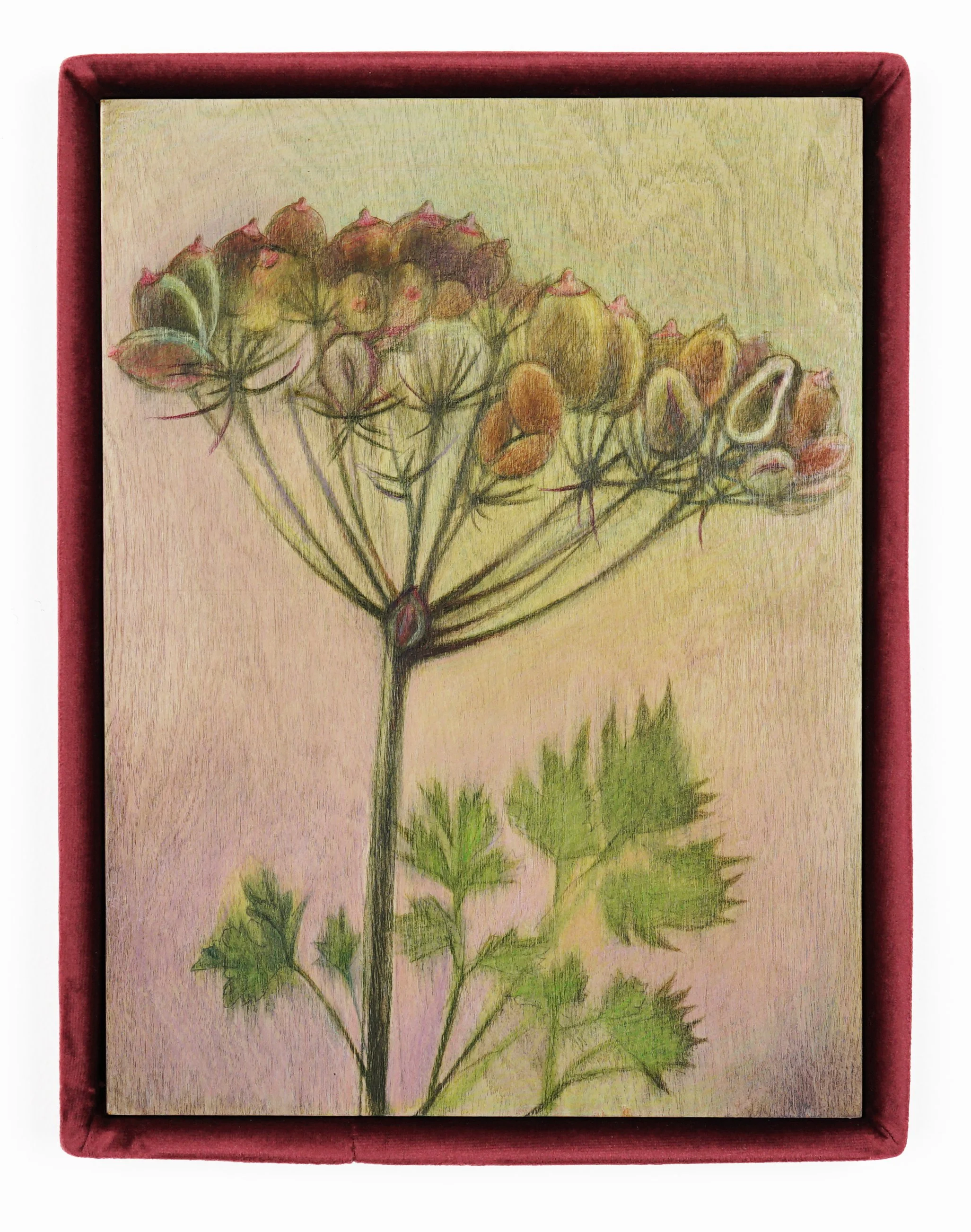
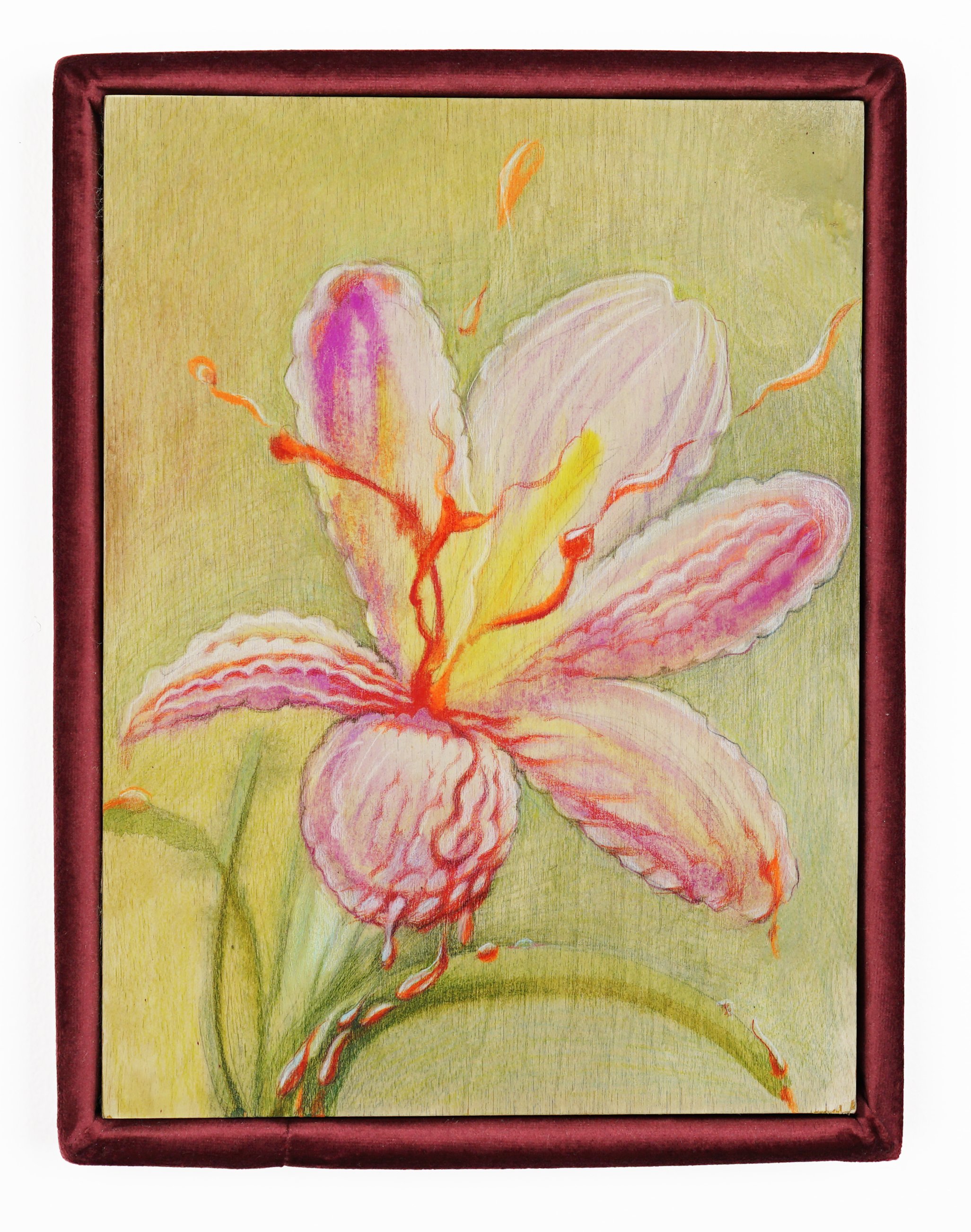
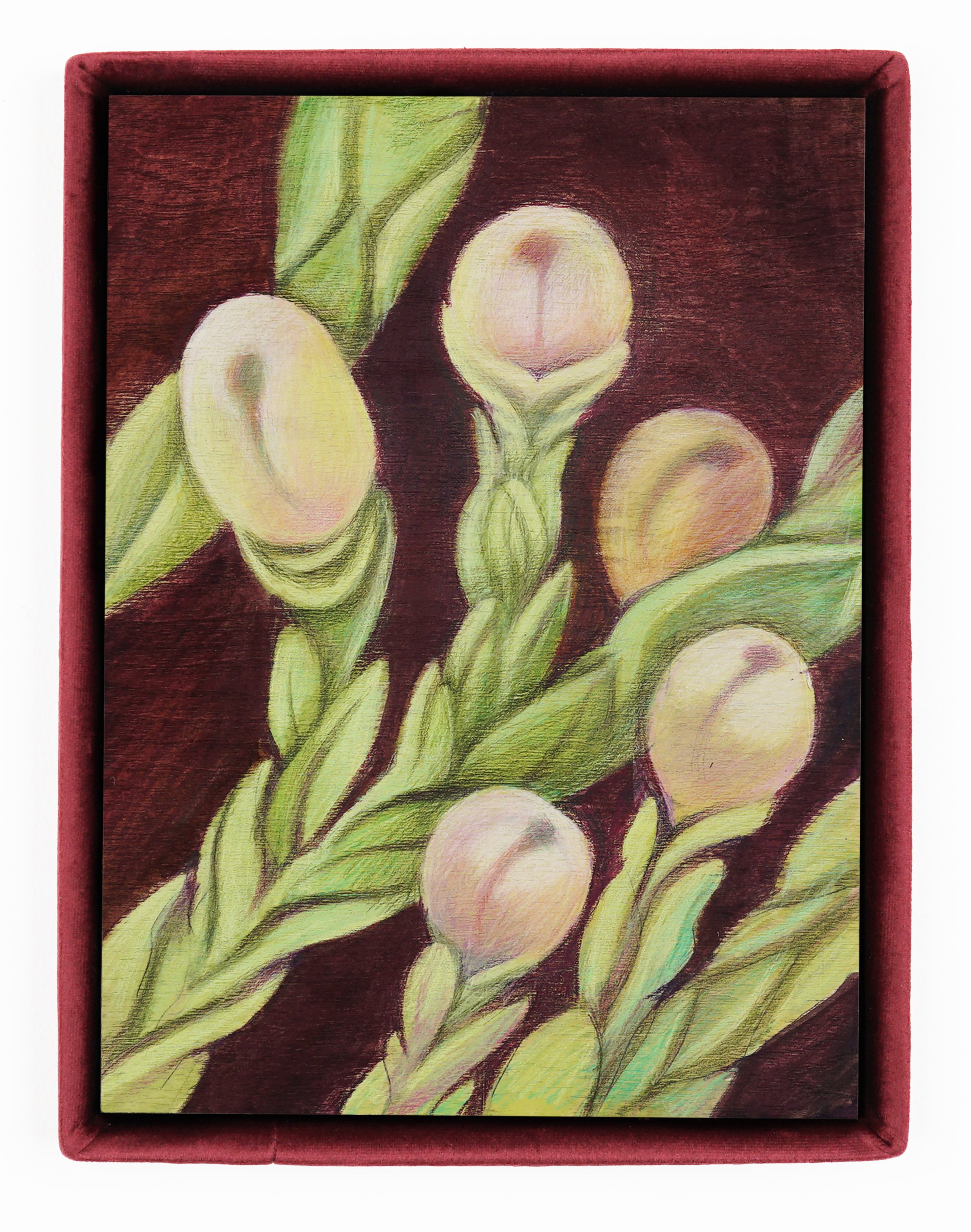


SITUATIONS presents Alina Bliumis’ first solo exhibition with the gallery, titled “Plant Parenthood.” In this series, Bliumis composes flowers that have been used to induce abortion in various countries throughout history. Using watercolor and watercolor pencil on wood panels, the artist portrays the flowers in sexualized gestures as subtle odes to reproductive organs. Bliumis’ exhibition brings attention to the fact that the removal of safe, legal, medical abortions does not eliminate the means or will of women to find ways to regain control of their bodies.
Each of the flowers portrayed in the series is known to have been used in various folk medicines to terminate pregnancies. Asarum, for example, appears alongside several other abortifacients in the 12th-century medical writings of the sainted German nun Hildegard von Bingen, who advised abortions herself. The peacock flower was deployed as a form of anti-slavery resistance in 17th-century Suriname, by enslaved women “who used it to abort offspring who would otherwise be born into bondage,” as historian Londa Schiebinger wrote in her monograph Plants and Empire. These herbal remedies have always, however, been dangerous: In 2018, an Argentinian woman died after attempting to induce a miscarriage with parsley, an emmenagogue widely popularized in the 19th century. The series thus hints at long and tenuous histories of the abortion underground.
On June 24, 2022, the Supreme Court ruled that the Constitution of the United States does not protect the right to have an abortion. The Dobbs decision overturned the precedent set almost fifty years ago by Roe v. Wade, which protected this right on the legally precarious basis of a pregnant person’s Fourteenth-Amendment “right to privacy.” Justice Alito’s opinion outlined an originalist interpretation of the nation’s founding document, noting that it “makes no express reference to a right to obtain an abortion.” It was also ratified when white male property owners alone possessed the right to vote for their representatives, apportioned by a calculus including three-fifths of the population of enslaved persons. The vote would remain restricted by sex for another 130 years.
The U.S. Constitution is not the only legal basis for a modern polity that lacks express protections for reproductive rights—nor is the United States the only country in which reproductive freedom is so severely under threat. According to the Center for Reproductive Rights, 91 million people who can become pregnant live in countries where abortion is criminalized in all instances. Three hundred fifty-eight million more may only terminate their pregnancies if carrying to term would threaten their life. Around the world, people of marginalized genders are fighting for the right to control their bodies against the legal incursions of the state, which seeks to restrict access not only to abortions but to all forms of reproductive healthcare.
Before the professionalization of medicine transferred power over contraception and abortion care from pregnant people and midwives, to male doctors, herbal abortifacients were widely used as family planning methods. In ancient Egypt, Greece, and Rome, for example, fetuses were conceived of as part of women’s bodies and their nourishment or disposal, therefore, was the prerogative of the pregnant person. But scientists and other researchers have been slow to systematically study the use of herbal medicines to induce abortion, so a dearth of specifics exists detailing the history and contours of the practice.
In large part, these rituals have been shielded from the gaze of patriarchal eyes. Bliumis’ paintings mirror the work of our foremothers who used botanicals as medicine. Without context, a viewer might only see flowers, but with knowledge, the viewer begins to understand the power and self-determination preserved by these plants.
ALINA BLIUMIS (b. Minsk, Belarus) is New York-based artist who received her BFA from the School of Visual Art in 1999 and a diploma from the Advanced Course in Visual Arts in Fondazione Antonio Ratti, Como, Italy in 2005. She has exhibited internationally at the Musée national de l’histoire de l’immigration, Paris, France; the First Moscow Biennale of Contemporary Art, Moscow; Busan Biennale, South Korea; Tokyo Biennial, JP; Assab One, Milan, Italy; The Bronx Museum of the Arts, NY; Galerie Anne de Villepoix, Paris; Centre d’art Contemporain, Meymac, France; The James Gallery, The Graduate Center CUNY, New York; Museum of Contemporary Art, Cleveland, OH; Museums of Bat Yam, Israel; The Jewish Museum, NYC; The Saatchi Gallery, London; Botanique Museum, Brussels; the Victoria and Albert Museum, London; and MAC VAL/Musée d’art contemporain du Val-de-Marne, France. Her works are in various private and public collections, including MAC VAL - Musée d’art contemporain du Val-de-Marne, France; Musée national de l’histoire de l’immigration, Paris; The Victoria and Albert Museum, London; Moscow Museum of Modern Art, Russia; Bat Yam Museum for Contemporary Art, Israel; The Saatchi Collection, UK; The Harvard Business School, USA; The National Museum of American Jewish History, Philadelphia; and Missoni Collection, Italy.
